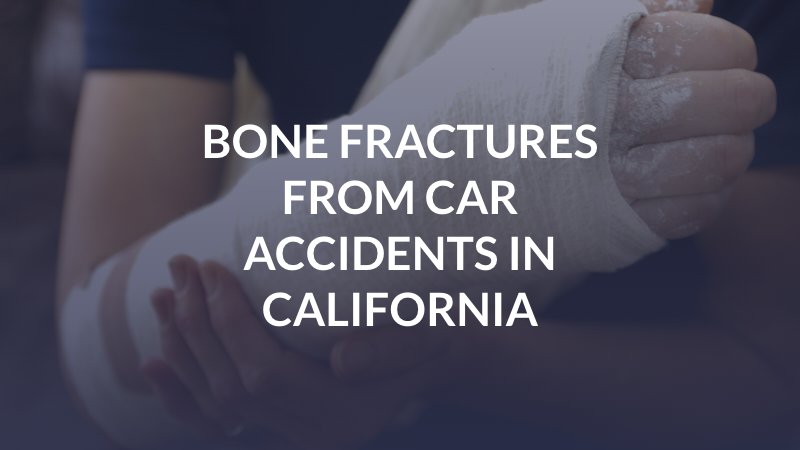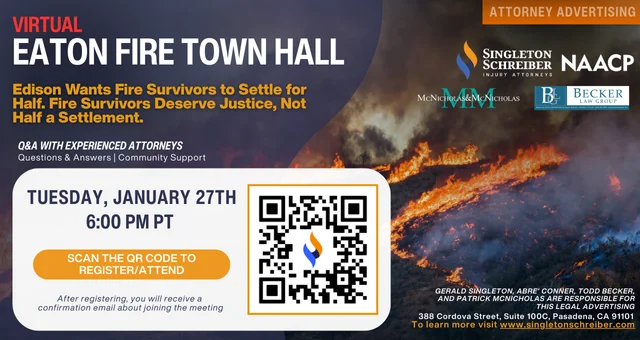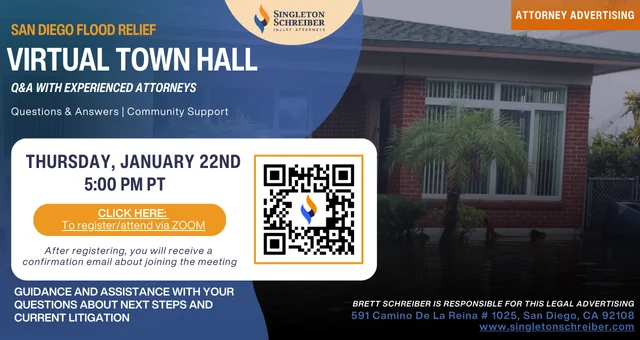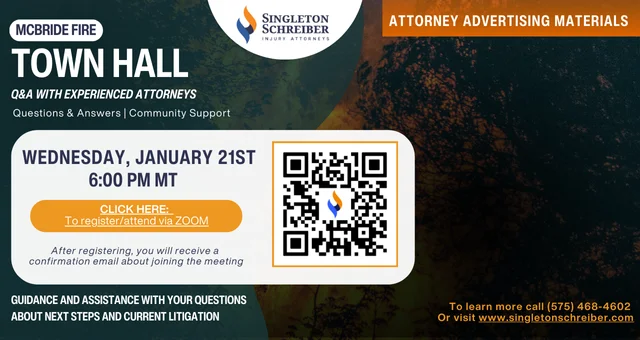
Car accidents can be violent events. As a vehicle occupant, the force of impact is transferred from the vehicle to your body. When this force is great enough, it can cause serious physical injuries, including broken bones and fractures.
The severity of bone fractures from car accidents in California will depend on several factors, including where you were seated in the vehicle, whether the airbags deployed, if you were wearing your seatbelt, and the speed at which the collision occurred.
Speed is largely correlated with the severity of broken bone injuries. The faster a vehicle is traveling at the time of impact, the greater the force. Research shows that a rib bone can withstand up to 740 pounds of force before breaking, while a femur can remain intact when 900 pounds of force are applied.
Now, consider that a 150-pound person involved in a collision at just 25 MPH will experience 4,776 pounds of force on their body. That’s more than enough to break some of the strongest bones in the body.
What Are the Most Commonly Broken Bones in California Car Accidents?
Statistically speaking, the femur is the bone that’s broken most often in car accidents. Roughly 26 percent of crash victims who break a bone break their femur.
Other common crash-related fractures involve the:
- Humerus
- Spine
- Skull
- Rib
- Tibia
- Fibula
- Pelvis
- Clavicle
Roughly 2 to 3 percent of crash victims suffer breaks to their hands and feet.
Are There Different Types of Broken Bone Injuries?
The terms “fracture” and “broken bone” are broad terms used to describe “a partial or complete break in the continuity of the bone.”
In reality, broken bone injuries are varied and complex.
Broken bone injuries are classified as either open or closed. A closed, or simple, fracture means the bone breaks within the body without damaging the skin. On the other hand, an open, or compound, fracture means the broken bone is visible because it’s broken through the skin.
Beyond open and closed fractures, there are several ways that bones can break.
Common fractures include:
- Transverse fracture: the fracture runs horizontally across the bone
- Oblique fracture: a fracture that runs across the bone on an angle
- Comminuted fracture: also known as a segmental fracture, this involves a break at two or more locations on the bone
- Avulsion fracture: a fracture located where the bone attaches to a ligament or tendon
- Greenstick fracture: an incomplete fracture to the bone
- Spiral fracture: the fracture circles around the outside of the bone
It’s important to seek prompt medical treatment after a car accident, especially if you have a compound fracture or experience pain, swelling, bruising, or limited mobility. An orthopedic specialist can assess your situation, diagnose your injury, and ensure that you receive the treatment needed to limit the extent of your broken bone injury.
Singleton Schreiber Can Help You Seek Compensation For Broken Bone Injuries
If you’ve broken bones in a car accident because someone else was careless, call our Sacramento injury attorneys or Santa Rosa car crash lawyers for help. You have rights as a victim, including the ability to seek compensation for your medical treatment, loss of income, and suffering.
At Singleton Schreiber, our local San Diego car accident lawyers leverage national resources to help clients win billions. We represent crash victims in Los Angeles, Sacramento, San Diego, Santa Rosa, and throughout the state of California, so call to set a time for a complimentary case evaluation now.
About Car Accidents
Car Accident Injuries




